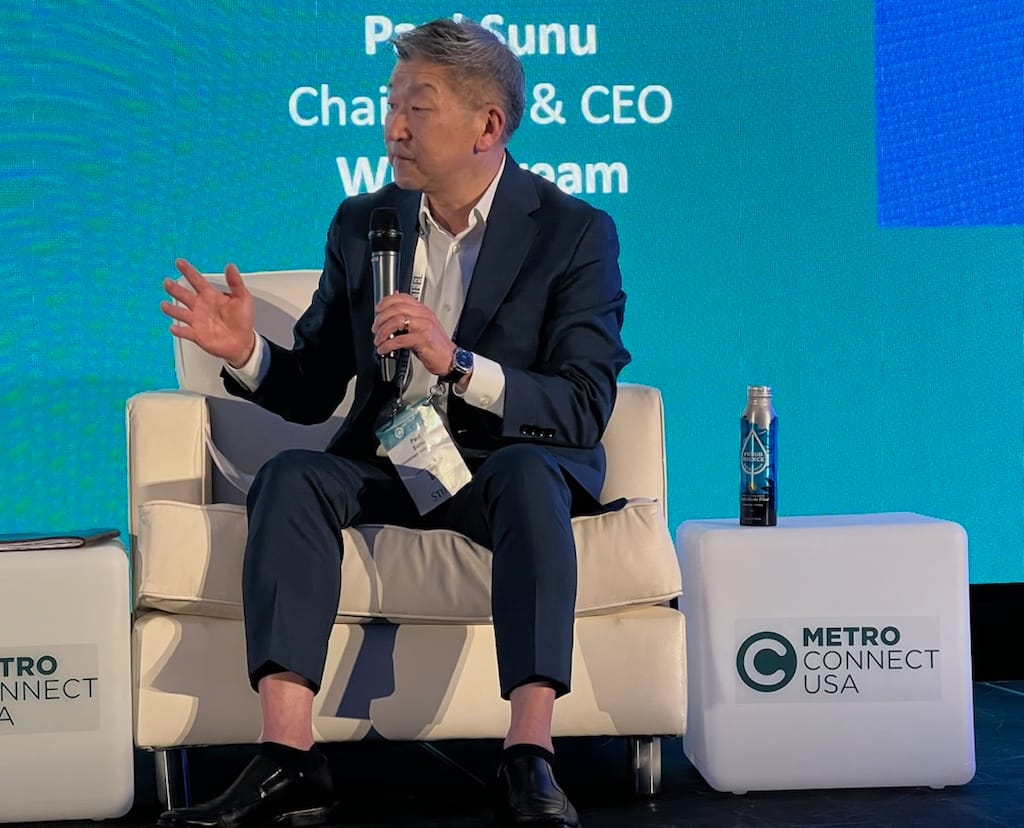Make Sure that BEAD Funding Builds Deep Fiber: Metro Connect
Windstream CEO analogized a fiber network to arteries and capillaries in the human body.
Drew Clark

FORT LAUDERDALE, Florida, February 28, 2024 – While the Broadband Equity, Access and Deployment Act will not result in fiber to the home deployments to every household in America, the reality of BEAD deployments continues to drive bullishness for investors.
Speaking about the Broadband Equity, Access and Deployment program of the U.S. Commerce Department’s National Telecommunications Information Administration, panelists delivered an optimistic message on Tuesday here at Metro Connect 2024, a conference of investors and operators of digital infrastructure.
 The Broadband Community
The Broadband Community
 The Broadband Community
The Broadband Community
The state of Louisiana will be obligating more than $1.3 billion in funds over the next nine months, said Veneeth Iyengar, executive director of ConnectLA, the state broadband office that is emerging the country's leading-edge office.
Louisiana was the only state broadband officer present at a conference highlighted by broadband operators and infrastructure investors.
“We have tried to making the scoring as clean as possible,” said Iyengar, speaking about the state’s requirements for broadband providers seeking to apply for funds, although he did emphasize bonus points for applicants that deploy underground fiber as a means of responding to the threat of climate change.
Ensuring fiber is deployed deeply
Speaking on a separate Tuesday panel about BEAD, Windstream CEO Paul Sunu emphasized his company’s eagerness to tap into BEAD to deploy broadband to otherwise-underserved parts of the country.
Windstream, a fiber-focused broadband provider, wants to ensure that high-cost areas are not left behind, said Sunu. He encouraged states not to back down from the NTIA’s favoritism for fiber optics over wireless or satellite service.
While the NTIA’s rules require of a 25 percent match of private or in-kind capital to draw down federal funds, states have the ability to require a higher match. Wisconsin, for example, will require a 40 percent match, said Daniel Myers, CEO of DojiNetworks.
Fiber is a 30-50 year asset, said Sunu, and because of that, the BEAD program should be viewed as a reverse-match program for deploying fiber.
“How much [is the government] willing to give to make it economically viable” to build in rural areas, he asked? Wisconsin is putting in 60 percent of the cost. Other states may put it more or less than that, he said.
“We are more than happy to put in 25 percent” of the cost of deployment, said Sunu: “We are happy to put in what it takes” to solve the unserved broadband problem.
Jim Stegeman, CEO of FCC vendor CostQuest, creator of the broadband mapping fabric used for BEAD, said that states have been holding off on declaring an “extremely high cost threshold,” or an cost per home amount over which states are excused from the presumption of deploying fiber.
Rather than setting a single state-wide threshold, Stegeman said, “As the program runs, [states] will have to understand how the bids come in and move down the scale of cost per home passed.”
States may be tempted to use more and more wireless technologies to ensure that there are no “unserved” homes remaining as they deploy BEAD dollars, panelists said.
But “the NTIA will push back” on that wireless effort, predicted Stegeman.
Sunu agreed. He urged state broadband offices to push to extend fiber as deep as possible into communities and neighborhoods.
Sunu analogized a fiber network to arteries and capillaries in the human body. While both are necessary to distribute blood throughout the body, states and the NTIA should focus on ensuring all necessary fiber arteries are built.
“Get those arteries built,” Sunu said. Then allow individual providers, including Windstream and other companies, to deploy the capillaries in areas that aren’t financially viable with BEAD funding alone.










Member discussion